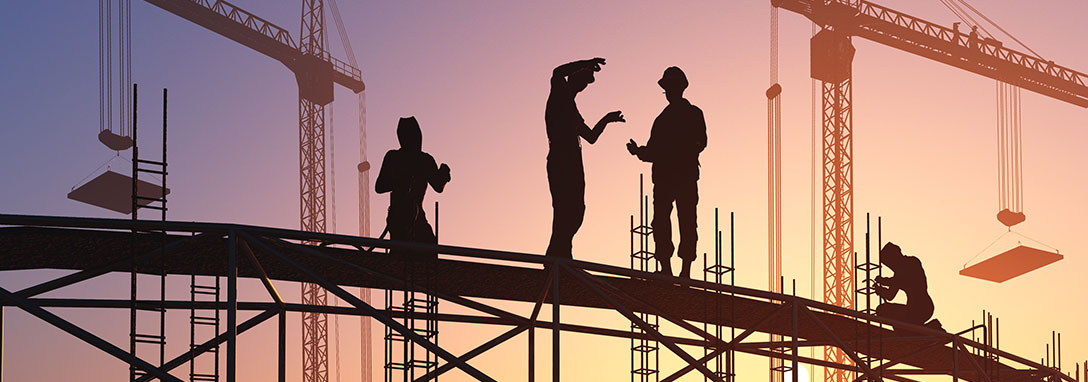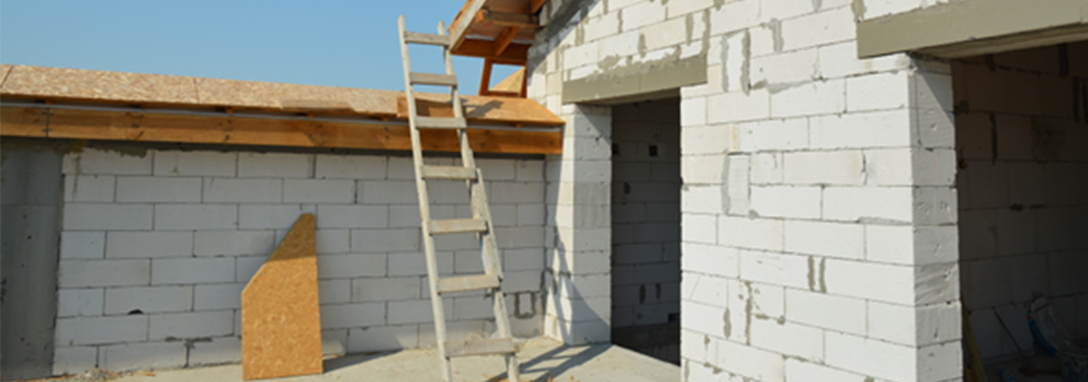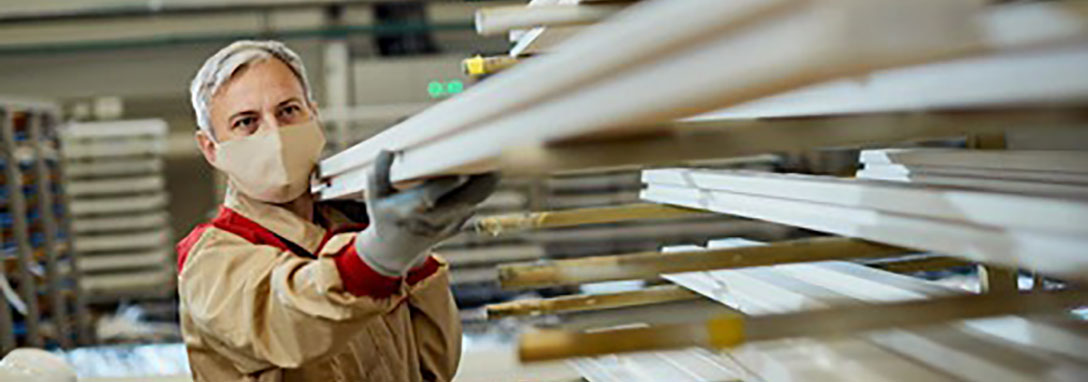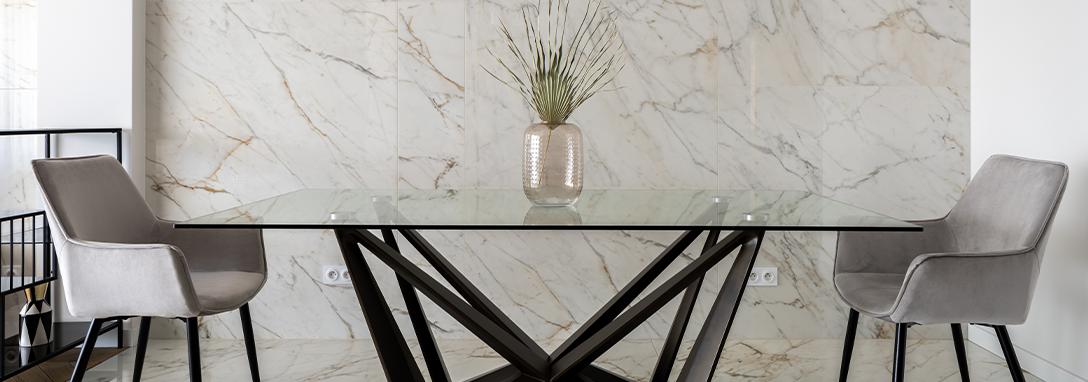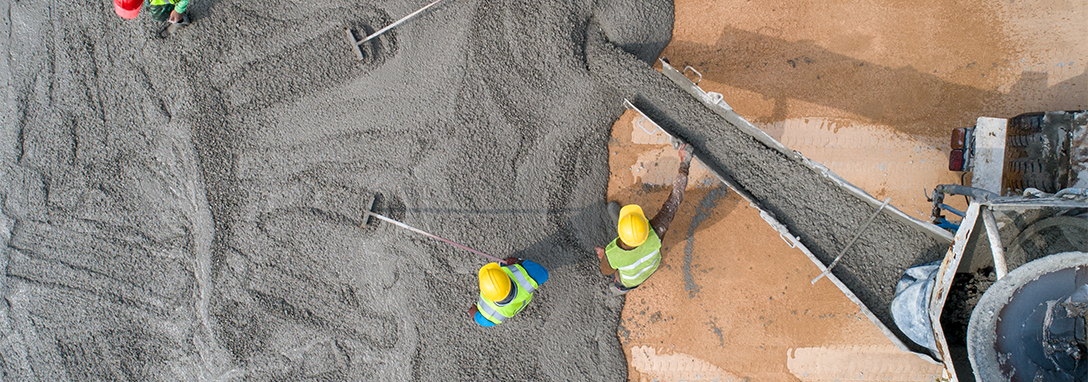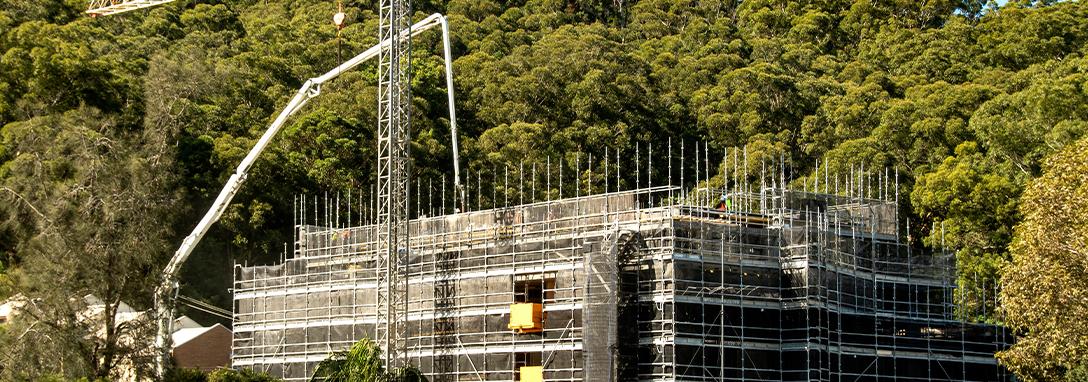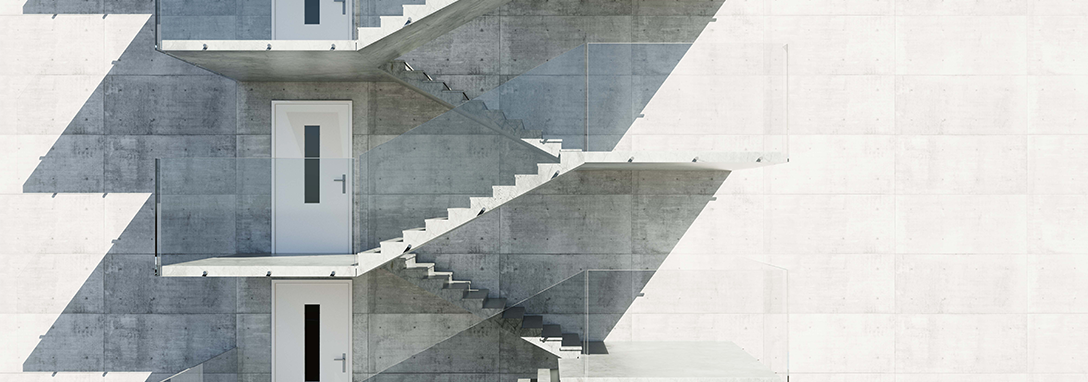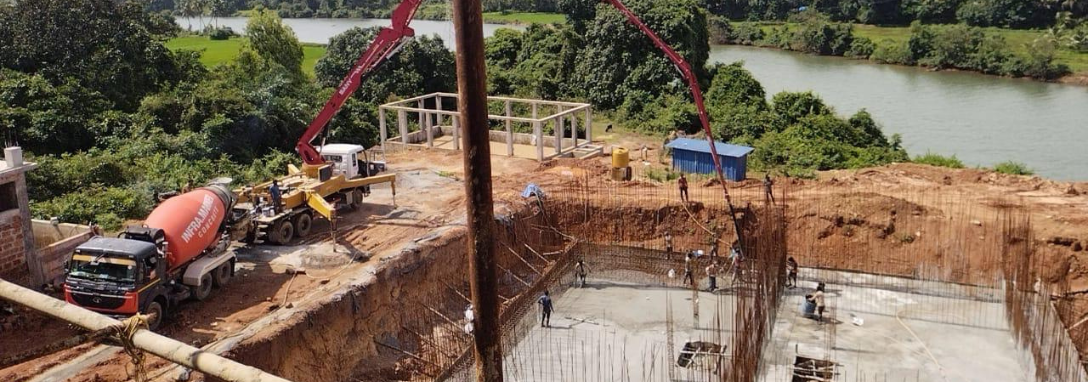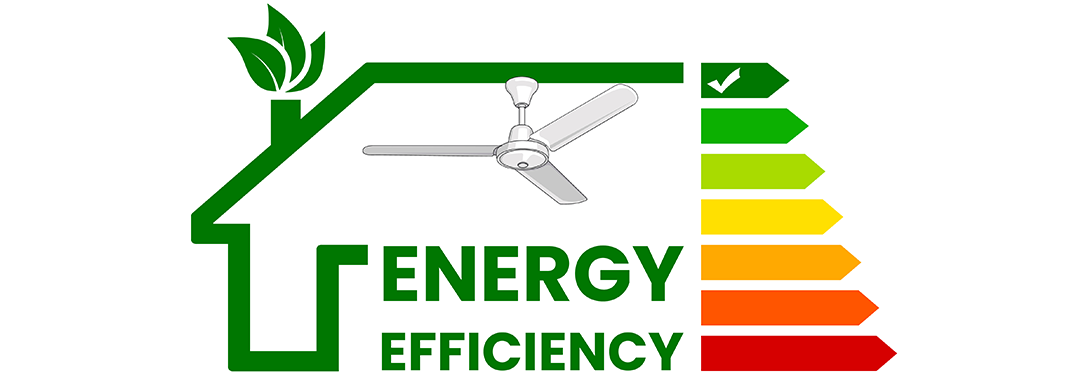Top Ten Construction Materials Building the Cities of Tomorrow
Building materials are more than just functional elements; they are an essential part of the construction. The texture, color, and quality add to the aesthetics, the overall character of the structure.
For far too long, sourcing high-quality building materials has posed a challenge for contractors and architects alike. Geographical constraints and exorbitant costs have often forced compromises, leading to alternatives that sacrifice quality for affordability. What if there's a whole new world of construction materials out there; ones that not only meet structural needs but also tick the boxes for sustainability and style? Here are the top 10 building materials that can shape cities of tomorrow:
1. Plywood:
As opposed to the genuine hardwood, plywood is made from thin layers of wood named veneers. Forming a cross-grain pattern, plywood is better in terms of strength, durability, and sustainability. Due to the affordability of this material, people are turning to this building material instead of real wood for making wooden furniture and structures.
2. Steel:
Generally used in cladding for exterior walls, steel is a versatile construction material that is used to support many complex structures. From reinforcing bars to building strong roofs, or even plumbing solutions like steel pipes, overhead showers and shower panels, the demand for steel in the construction industry is only growing. As of now, the construction sector accounts for more than 50 percent of world steel demand.
3. Cement:
Do you know that India produces more than 200 tonnes of cement per year? Yes, as this building material requires lesser maintenance, it is definitely a versatile binder used to bond aggregates to make concrete, mortar, and grout, essential for constructing foundations, walls, pavements, and various structural elements. With its ability to harden and set in place, cement plays a fundamental role in shaping the built environment, providing the necessary cohesion and strength for enduring construction projects.
4. Ready-Mix Concrete (RMC):
Making concrete on construction sites used to be a challenge due to risk of cement wastage, addition of labour costs, and sourcing of raw materials. However, ready-mix concrete solves this challenge as it involves making of concrete in an RMC plant with standardized procedures and assured quality. One can also get RMC customized as per the project needs like FibreMix, FloorMix, SpineMix, CelciMix and many others.
5. AAC Blocks:
Made using superior autoclaving technology, Autoclaved Aerated Concrete (AAC) Blocks are superior pre-cast building materials with smoother finishes when compared to the traditional red bricks. With its eco-friendly nature, it has a lot of benefits over other bricks including pest-resistance, fire-resistance, lightweight and more.
6. Aggregates:
Granular materials such as sand, gravel, crushed stone, and recycled concrete are used as fill material, drainage layers, and in the production of concrete and asphalt mixes, providing strength, stability, and drainage properties essential for construction.
7. Wood Laminates:
Engineered wood products composed of layers of wood veneer or fiberboard bonded together with adhesives, offering structural integrity, dimensional stability, and aesthetic appeal for applications such as flooring, cabinetry, and furniture.
8. Stone:
Natural or engineered stone materials such as granite, marble, limestone, and quartz used for countertops, flooring, cladding, and decorative features, prized for their durability, beauty, and timeless aesthetic in architectural design. Such structures come across as a symbol of status for the affluent.
9. Glass:
A transparent material composed primarily of silica used in windows, doors, curtain walls, and facades, to provide natural light, views, and thermal insulation while enhancing aesthetics and energy efficiency in building design. With advancements in glass technology, options like insulated glass units (IGUs), low-emissivity (Low-E) coatings, and smart glass offer enhanced performance and design possibilities.
10. Ceramic:
Versatile materials made from clay, sand, and other natural minerals, fired at high temperatures to create tiles, bricks, and sanitaryware, used for flooring, wall cladding, roofing, and decorative elements, offering durability, moisture resistance, and design flexibility for interior and exterior applications in construction.
With the Indian Government investing more in the infrastructure of the country, starting a momentum of growth in the construction industry, the importance of sustainable building materials cannot be understated. Thus, let’s choose materials that prioritize not only structural integrity but also sustainability, aesthetics, and affordability as we pave the way for vibrant, resilient, and inclusive urban spaces that reflect our aspirations and values.






